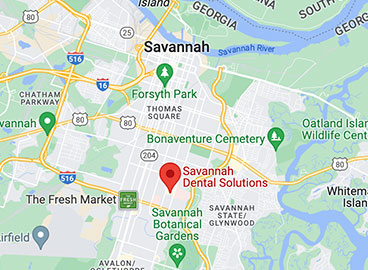We Care about Your Children!
Our care for your children extends to making them feel comfortable during their visits with our thoughtful and compassionate attention. Our friendly team helps put them at ease so they enjoy coming to our office. During their regular dental cleanings and visits, we also teach and encourage them to take good care of their teeth on a daily basis. And we enjoy caring for them and watching them grow year after year.
Calming Dental Fears
We know that sometimes the reason adults have fear of dental visits is because of an unhappy visit to a dentist when they were a child. It is our goal to ensure that this and future generations no longer develop any fear of dental treatments. We achieve this by providing a relaxed and happy place to visit for children of all ages. No matter what past experience your child may have had at a dentist, he or she will love to visit us!
Your Children’s Dentist Is as Important as Their Pediatrician
Instilling good dental care habits at an early age helps children to keep good oral health for a lifetime. Children’s teeth are more prone to decay for various reasons.Often, they do not brush properly or thoroughly on their own. We encourage parents to be present when their children are cleaning their teeth. This helps to ensure they develop good dental habits.
Children generally eat throughout the day, which exposes their teeth more frequently to the acid produced by food. If teeth are already not as clean as they can be, additional acid increases the risk that cavities will develop. If poor hygiene or dietary choices are recognized and corrected, together with an application of a fluoride varnish to teeth, chances of a cavity can be greatly reduced.
Preventing Child Tooth Decay – The Easy Way!
We understand that children may not brush as well as they should. And even thorough brushing may not clean all the deep grooves or contours of teeth. Once plaque from the accumulation of bacteria sets in, decay will develop. Even the smallest amount of decay will need a filling restoration.
Let us introduce to you a way to keep this from happening. With an application of a dental sealant to each tooth, the chances of decay are greatly reduced.
Here’s how the sealants are applied:
After all the teeth are cleaned and sterilized, a thin coating of a transparent varnish is applied to all exposed areas of each tooth. A curing light is used to bond the sealant to the teeth.
This entire procedure takes just minutes, and no shots or drills are needed. The whole tooth structure remains intact and it is harmless, yet very effective in helping children and adolescents keep their natural teeth for a lifetime!
Childrens Dentistry at Savannah Dental Solutions
What Do Kids Have to Say About the Tooth Fairy?
Children’s Dental FAQs
Schedule the First Step Toward Your Healthiest Smile


